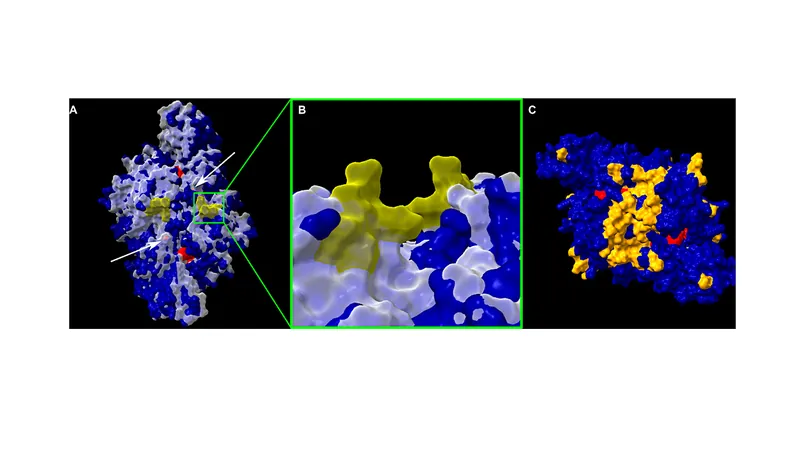
Unlocking Life's Secrets in Subzero Environments: The Cold Chemistry of Survival
2025-06-09
Author: Michael
The Hidden World of Life in Ice and Salt
Deep within Earth’s icy extremes, a fascinating process thrives: chemoautotrophy. This remarkable ability allows certain microorganisms to convert inorganic carbon into life-sustaining biomass, primarily facilitated by a key enzyme known as Rubisco.
Exploring Arctic Enigmas
Recent research has unveiled the astonishing diversity of life in two unique subzero, hypersaline Arctic environments: ancient marine brines trapped in permafrost and first-year sea ice. The famed Calvin-Benson-Bassham (CBB) cycle, vital for autotrophy, was prevalent in both locales. However, researchers noted variations in the dominant forms of Rubisco present.
The Power of Thiomicrorhabdus
From the cryopeg brine samples, scientists reconstructed genomes of microorganisms and identified four key genomes capable of chemolithoautotrophy. Among these, the genus Thiomicrorhabdus emerged as the most abundant, showcasing a unique collection of three Rubisco forms (II, IAc, IAq) that have exhibited a complex evolutionary history characterized by gains and losses of certain traits.
Cold Adaptation: A Marvel of Evolution
What’s particularly intriguing is Form II of Rubisco, which demonstrates competitive advantages at low oxygen levels—an invaluable trait in frigid environments. Yet, scientists observed that extreme cold may diminish this advantage. An examination revealed potential thermal adaptations in Form II, highlighted by crucial amino acid changes that create a more accessible active site for reactions.
A Call to Explore Further
These findings position Form II from Thiomicrorhabdus as a captivating subject for future research due to its potential unique kinetics and thermal resilience. Understanding these adaptations not only sheds light on life’s tenacity on our planet but also broadens the exploration horizons for life in extreme conditions on other celestial bodies.
Implications Beyond Earth
Autotrophy, the fixation of inorganic carbon, is foundational to sustaining life, yet much study has centered on plants and algae, sidelining the hidden resilience of bacteria in extreme conditions. This research opens a window to ancient biospheres and suggests potential habitats for life beyond Earth, like those on Enceladus and Europa.
Evidence of cold-adapted Rubisco offers new paths for understanding autotrophy’s limits in quickly disappearing icy domains. Utilizing this novel model framework, scientists aim to probe the boundaries of life not only within our planet’s frozen environments but also on extraterrestrial worlds of astrobiological significance.
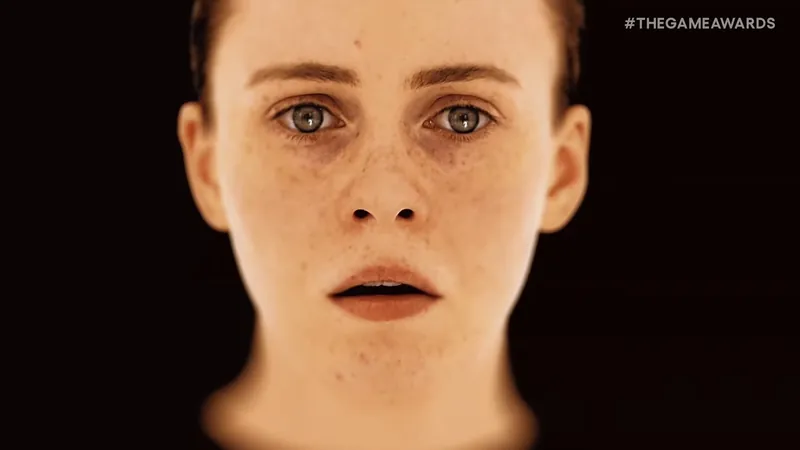
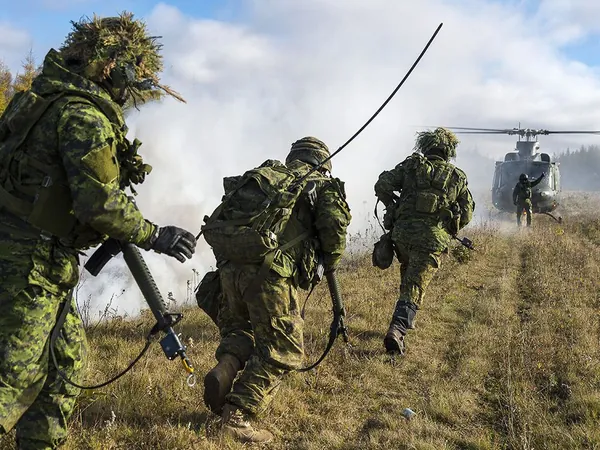
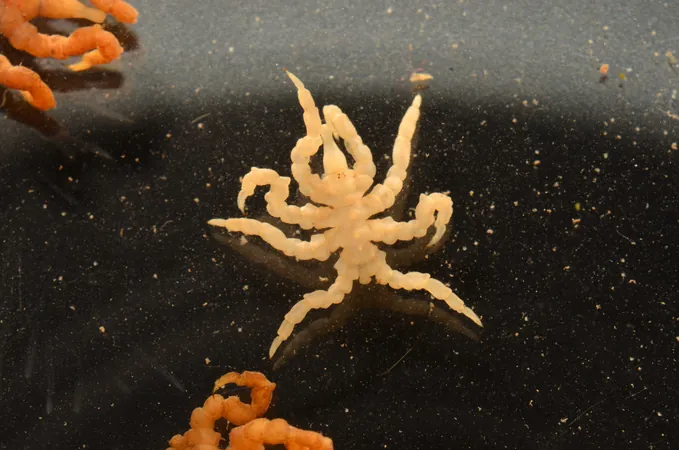





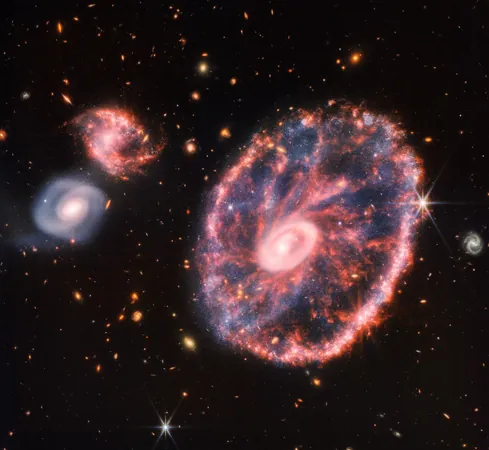
 Brasil (PT)
Brasil (PT)
 Canada (EN)
Canada (EN)
 Chile (ES)
Chile (ES)
 Česko (CS)
Česko (CS)
 대한민국 (KO)
대한민국 (KO)
 España (ES)
España (ES)
 France (FR)
France (FR)
 Hong Kong (EN)
Hong Kong (EN)
 Italia (IT)
Italia (IT)
 日本 (JA)
日本 (JA)
 Magyarország (HU)
Magyarország (HU)
 Norge (NO)
Norge (NO)
 Polska (PL)
Polska (PL)
 Schweiz (DE)
Schweiz (DE)
 Singapore (EN)
Singapore (EN)
 Sverige (SV)
Sverige (SV)
 Suomi (FI)
Suomi (FI)
 Türkiye (TR)
Türkiye (TR)
 الإمارات العربية المتحدة (AR)
الإمارات العربية المتحدة (AR)